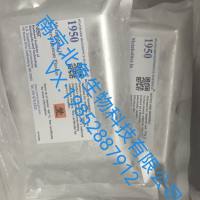Preparation of Thin-Film Frozen-Hydrated/ Vitrified Biological Specimens for Cryoelectron Microscopy
互联网
609
The production of rapidly frozen thin-film unstained vitrified specimens for cryoelectron microscopy was established as a standard procedure in the early 1980s, primarily because of the persistent efforts of Jacques Dubochet and his colleagues (1 -3 ). Many scientists have now used this approach to study thin unstained films of numerous biological samples, ranging from DNA to protein molecules and macromolecular assemblies, ribosomes, protein filaments, and microtubules, membrane systems, liposomes, and many different virus particles. Detailed surveys of the technical, methodological considerations, and applications of cryoelectron microscopy have been presented (3 ,4 ).








